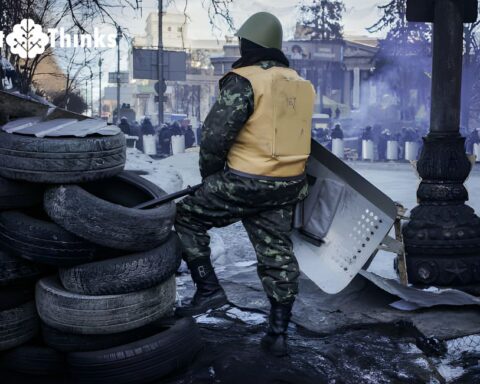Introduction
The 2017 film “The Mummy,” starring Tom Cruise, marked a significant departure from the traditional narrative and thematic elements of the classic Mummy franchise. Directed by Alex Kurtzman, this reboot intended to lay the foundation for Universal’s ambitious Dark Universe, aiming to reintroduce classic monsters in a modern cinematic context. The film’s narrative structure, thematic elements, character development, and its place within the broader context of monster movies.
Narrative and Thematic Exploration
“The Mummy” centers around Nick Morton (Tom Cruise), a character vastly different from the heroes of previous iterations. Morton, a soldier of fortune, inadvertently awakens Ahmanet, an ancient Egyptian princess mummified for her sins. The film’s narrative shifts from an archaeological adventure to a tale of horror and dark magic, intertwining mythology with contemporary settings.
Thematically, the film explores themes of immortality, power, and the consequences of one’s actions. Ahmanet’s character embodies ancient grievances and the thirst for vengeance, bringing a depth to the ‘monster’ that challenges the audience’s perception of good versus evil. The narrative intertwines these themes with high-octane action, diverging from the horror-centric approach of earlier Mummy films.
Character Development and Performances
Tom Cruise’s portrayal of Nick Morton adds a complex layer to the film. Morton is not a typical hero; his moral ambiguity and personal journey offer a fresh perspective within the monster genre. Cruise’s performance, characterized by his trademark intensity, adds gravitas to the action sequences and anchors the film’s more fantastical elements.
The character of Ahmanet, played by Sofia Boutella, is another pivotal element. Her portrayal goes beyond the stereotypical monster, offering a backstory that invokes sympathy and understanding. This nuanced approach to character development adds a modern touch to the age-old mummy trope.
Cinematic Techniques and Special Effects
The film distinguishes itself through its use of special effects and action sequences. The resurrection of Ahmanet and the ensuing chaos showcase impressive visual effects, blending realism with supernatural elements. The cinematography and production design contribute to creating a world that oscillates between the ancient and the modern, giving a unique aesthetic to the film.
Reception and Impact on the Dark Universe
Despite its ambition and high production value, “The Mummy” received mixed reviews. Critics praised the performances and special effects but criticized the film for straying from the horror elements fundamental to the Mummy franchise. The film’s reception impacted the planned Dark Universe, leading to a reevaluation of the approach to these classic monster characters.
Conclusion
“The Mummy” (2017) represents a bold attempt to reinterpret a classic story for a modern audience. While it diverges from the traditional horror genre, it brings a fresh perspective to the monster movie canon. Its blend of action, mythology, and character complexity offers a unique cinematic experience. Despite its mixed reception, the film stands as a testament to the enduring appeal of monster tales and the potential for their reinvention in contemporary cinema.






